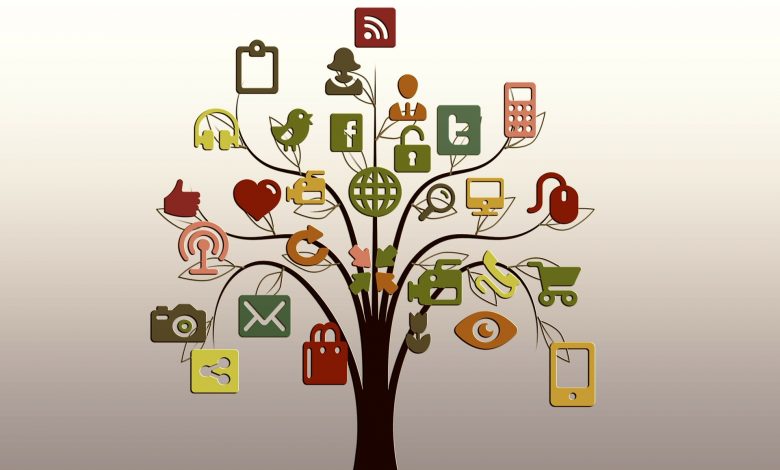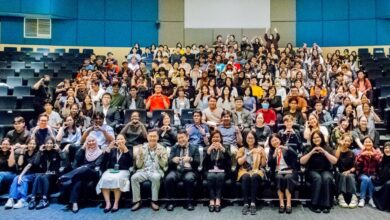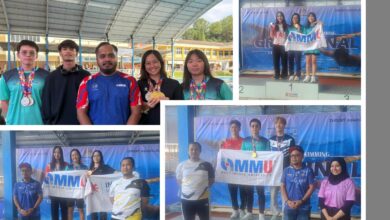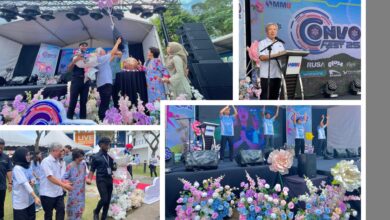How Malaysian teachers use social media to capture students’ attention

WHAT happens when you add salt to ice?
It was a question posed by Science teacher Norhailmi Abdul Mutalib to his students at SMK Jerlun in Alor Setar, Kedah. He could have easily made his students search for the answer in their textbooks (spoiler alert: the freezing point decreases).
Instead, Norhailmi recorded a simple experiment, soundtracked the video to Frozen’s Do You Want to Build a Snowman and Olivia Rodrigo’s Traitor – and posted it on social media.
That video has been viewed almost half a million times at press time.
Norhailmi is a prime example of teachers who have turned to digitalisation to keep students engaged in schooling and learning.
“I always believe the need for a teacher to be as creative as possible to cater to students’ needs today. The way they learn and interact with their friends is really different compared to the older generations,” he told StarEdu.
Teachers today, he said, need to expand their methods and approaches to increase students’ interest in learning.
“We should make full use of digital and technology tools to support education. Hands-on and project-based learning will attract students to learn more too,” he said.
Norhailmi has been using various online platforms – blog, YouTube, Twitter and TikTok, just to name a few – to teach since 2012.
“I believe in one principle in sharing educational content: bring your content to where most people can benefit from it. By using online platforms like social media, there’s the potential to attract my students to learn more about science.
“Good educational content on social media will engage students more in learning while spending time online,” he explained.
He also stressed that teachers can future-proof students by adopting digitalisation in their lessons.
“This generation is exposed to tons of content and knowledge available online. They can get easy access to anything via the Internet. So, teachers need to decide how to deliver the content and pick the right approaches and methods for students.
“It’s not only about the pursuit of knowledge, but also making sure students are empowered with 21st century skills like critical thinking, creativity, communication and collaboration to prepare them for the future,” he said.
To read more : The Star




